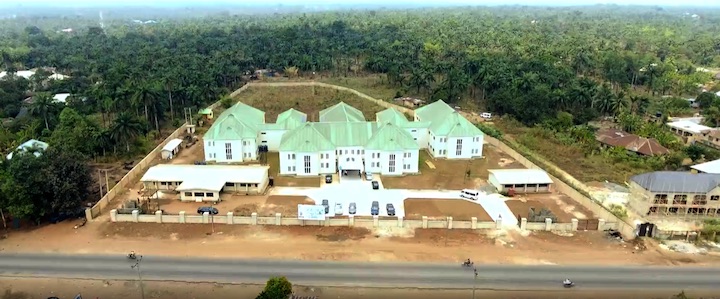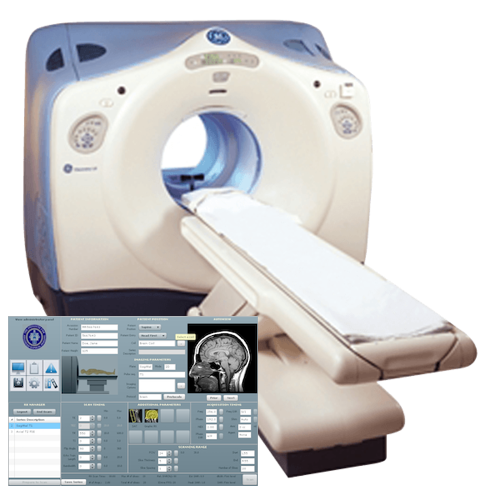|
Iodine is a trace mineral that is vital to the function of the thyroid gland. The human body does not make iodine, so all iodine intake must come from either our diet or from supplements.
MSM (MethylSulfonylMethane) is an abbreviation of methylsulfonylmethane, an organic form of sulfur. The chemical formula of MSM is CH3SO2CH3. It is the form in which sulfur is biologically active and appears in nature in all living organisms.
$39.95
|
|
 Dr. D. Kutsco, MD; Consultant Surgical Oncologist & CMD Surgery for Breast Cancer Most women with breast cancer have some type of surgery as part of their treatment. There are different types of breast surgery, and it may be done for different reasons, depending on the situation. For example, surgery may be done to:
Your doctor may recommend a certain operation based on your breast cancer features and your medical history, or you may have a choice about which type to have. It’s important to know your options so you can talk about them with your doctor and make the choice that is right for you. Surgery to remove breast cancerThere are two main types of surgery to remove breast cancer:
Choosing between breast-conserving surgery and mastectomyMany women with early-stage cancers can choose between breast-conserving surgery (BCS) and mastectomy. The main advantage of BCS is that a woman keeps most of her breast. But in most cases she will also need radiation. Women who have mastectomy for early stage cancers are less likely to need radiation. For some women, mastectomy may be a better option, because of the type of breast cancer, the large size of the tumor, previous treatment history, or certain other factors. Some women might be worried that having a less extensive surgery might raise their risk of the cancer coming back. But the fact is, in most cases, mastectomy does not give you any better chance of long-term survival or a better outcome from treatment. Studies following thousands of women for more than 20 years show that when BCS can be done along with radiation, having a mastectomy instead does not provide any better chance of survival. Surgery to remove nearby lymph nodesTo find out if the breast cancer has spread to axillary (underarm) lymph nodes, one or more of these lymph nodes will be removed and looked at under the microscope. This is an important part of figuring out the stage (extent) of the cancer. Lymph nodes may be removed either as part of the surgery to remove the breast cancer or as a separate operation. The two main types of surgery to remove lymph nodes are:
To learn more about these procedures and when they might be done, see Lymph Node Surgery for Breast Cancer. Breast reconstruction after surgeryAny women undergoing surgery for breast cancer may have the option of breast reconstruction. In the case of a mastectomy, a woman might want to consider having the breast mound rebuilt to restore the breast’s appearance after surgery. In some breast-conserving surgeries, a woman may consider having fat grafting in the affected breast to correct any dimples left from the surgery. The options will depend on each women’s specific situation. There are several types of reconstructive surgery, although your options may depend on your medical situation and personal preferences. You may have a choice between having breast reconstruction at the same time as the breast cancer surgery (immediate reconstruction) or at a later time (delayed reconstruction). If you are thinking about having reconstructive surgery, it’s a good idea to discuss it with your breast surgeon and a plastic surgeon before your mastectomy or BCS. This gives the surgical team time to plan out the treatment options that might be best for you, even if you wait and have the reconstructive surgery later. To learn about different breast reconstruction options, see our section on breast reconstruction. Surgery for advanced breast cancerAlthough surgery is very unlikely to cure breast cancer that has spread to other parts of the body, it can still be helpful in some situations, either as a way to slow the spread of the cancer, or to help prevent or relieve symptoms from it. For example, surgery might be used:
If your doctor recommends surgery for advanced breast cancer, it’s important that you understand its goal—whether it’s to try to cure the cancer or to prevent or treat symptoms. Wire localization to guide surgerySometimes, if the cancer in your breast can’t be felt, is hard to find, and/or is difficult to get to, a mammogram or ultrasound may be used to place a wire in the cancerous area to guide the surgeon to the right spot. This is called wire localization or needle localization. If a mammogram is used you may hear the term stereotactic wire localization. Rarely, a MRI might be used if the mammogram or ultrasound are not successful. After your breast is numbed, a mammogram or ultrasound is used to guide a thin hollow needle to the abnormal area. Once the tip of the needle is in the right spot, a thin wire is put in through the center of the needle. A small hook at the end of the wire keeps it in place. The needle is then taken out. The surgeon uses the wire as a guide to the part of the breast to be removed. The surgery done as part of the wire localization may be enough to count as breast conserving surgery if the margins are negative. If cancer cells are found at the edge of the removed tissue (also called a positive margin), more surgery may be required. It should be noted that a wire-localization procedure is sometimes used to perform a surgical biopsy of a suspicious area in the breast to determine if it is cancer or not. |
|
|

OPEN 24 HOURS: ACCIDENT EMERGENCY, LAB SERVICES, IMAGING SERVICES & PHARMACY










